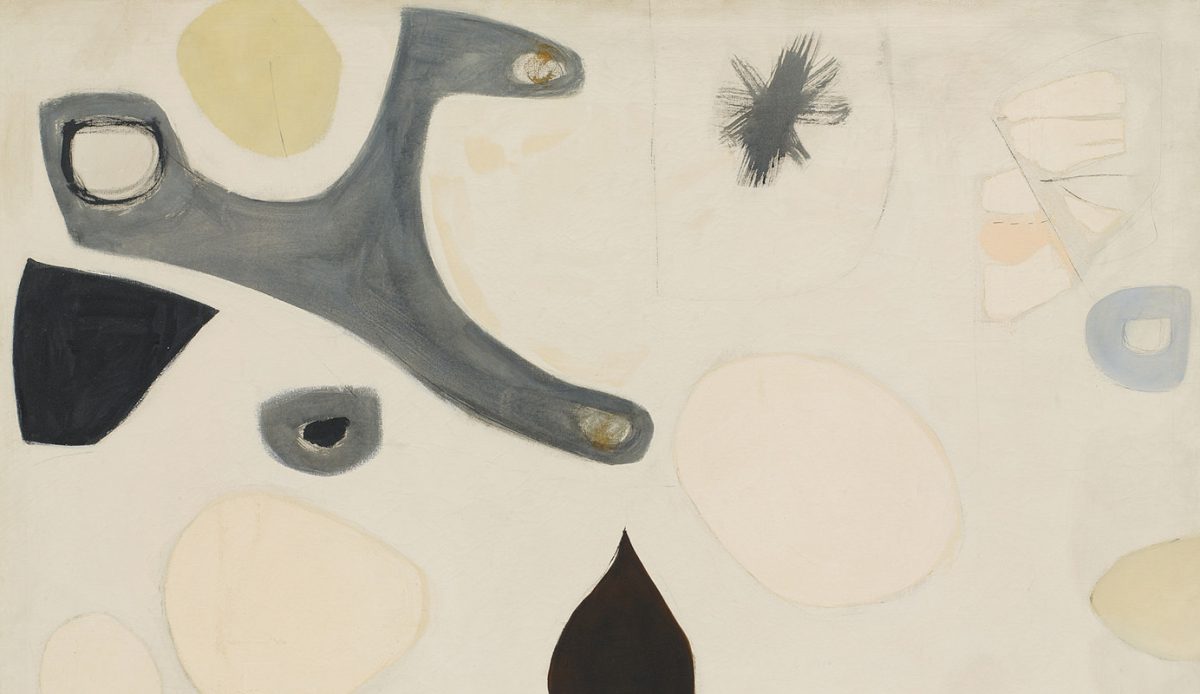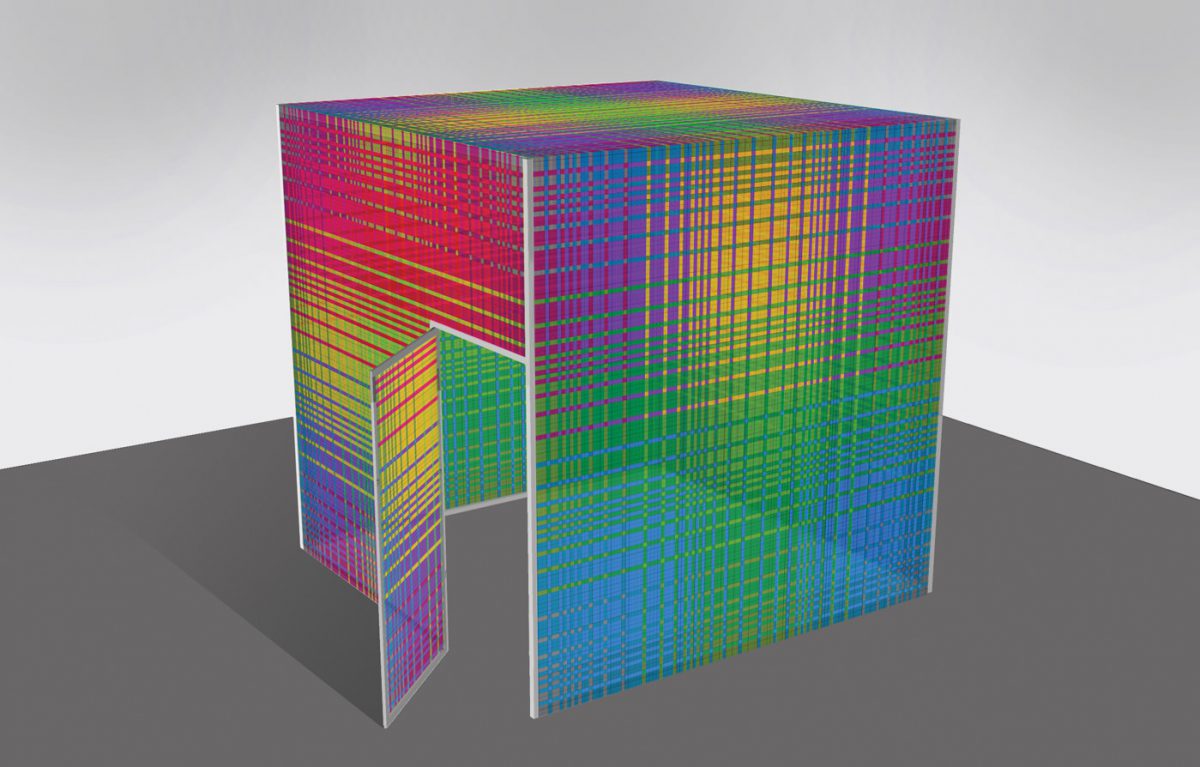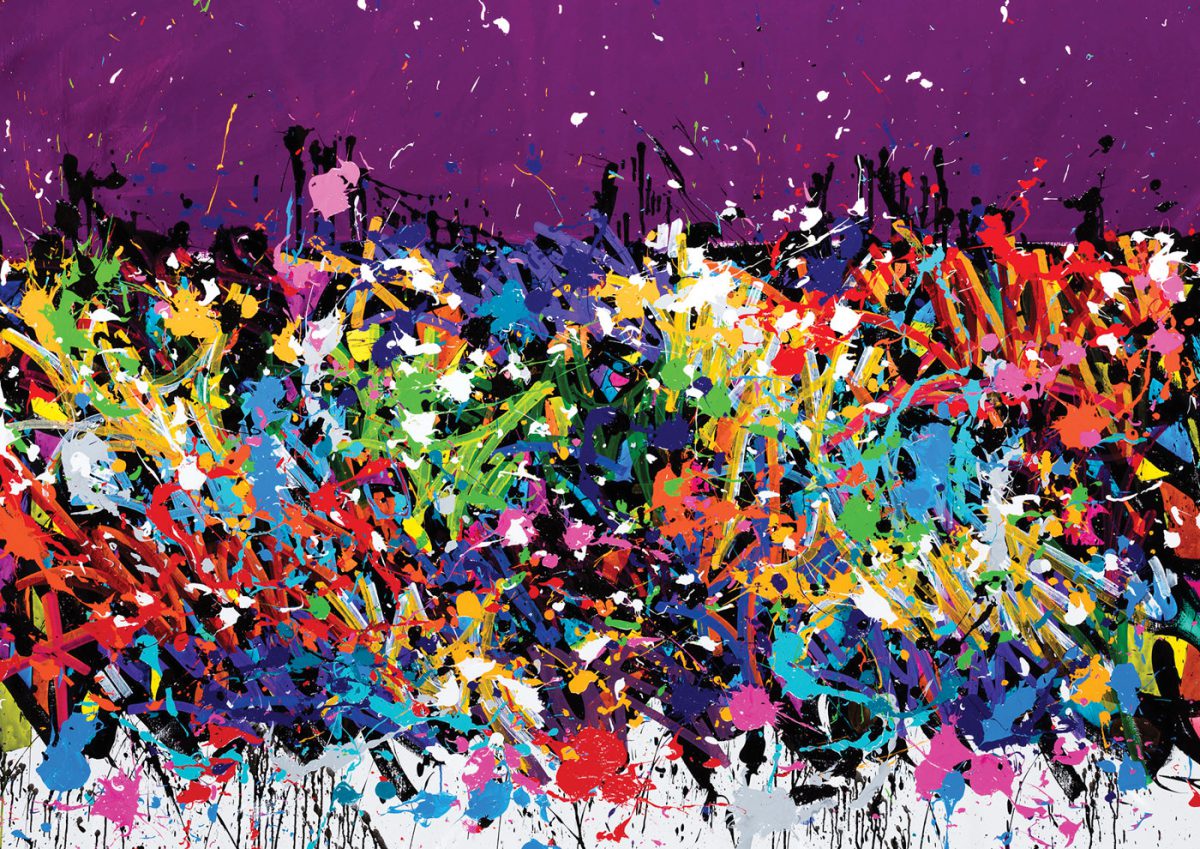Actual Size, Los Angeles
Linguaviagem: A Poesia Concreta Dialogue, with its compact vitrines and small, primarily black-and-white publications, was one of the most purely “concrete” shows of concrete poetry presented in recent years in LA, if not in all of the U.S. Indeed, the very purity of the predominantly British and Brazilian gathering revealed the simple, almost romantic heart beating at the core of what may otherwise seem a rather austere phenomenon. In a word, concrete poetry employs typography to visual ends without abandoning the verbal significance of letter combinations. As such, many concrete poems encapsulate meaning “in a word,” elaborating across the page (or other support mechanism) so that the concepts associated with the word in question expand in space. One sees the poem and reads the picture—a classic postwar intermedium grounded in earlier avant-garde practices (notably Futurism and Dada, but also De Stijl and constructivism).
Concrete poetry’s first manifestation as a distinct, self-aware development took place in early-1950s Brazil. Two groups of Brazilian concretists, the seminal Noigandres (especially the de Campos brothers) and the younger, more demonstrative Poema/Processo (including Wlademir Dias-Pino), were seen to some advantage in Linguaviagem (which means language/voyage in Portuguese). England also produced a bumper crop of concretists, mostly in the 1960s. The Paterfamilias of British concrete poetry was Ian Hamilton Finlay. One of the touchstone figures in Linguaviagem, Finlay is revealed in the show as a devoted naturalist and, almost as a result, a sculptor—not just creator—of word-images. Several of his fellow UK concretists—notably Ken Cox, almost as formally inventive—accompanied him here. A few Europeans – pioneer Eugen Gomringer, publisher Hansjörg Mayer, and Jiri Valoch from behind-the-Iron-Curtain Czechoslovakia—rounded out this relatively cursory selection of typogrammatizations.
Linguaviagem was anything but comprehensive. But its range across continents, forms and styles worked in its favor. Propped up in raw boxes in a tiny space, the works of concrete poetry beckoned brightly and yet mysteriously, their devices and even languages conflating the common and the exotic. It was an appetite-whetter, the perfect amuse-oeil.









